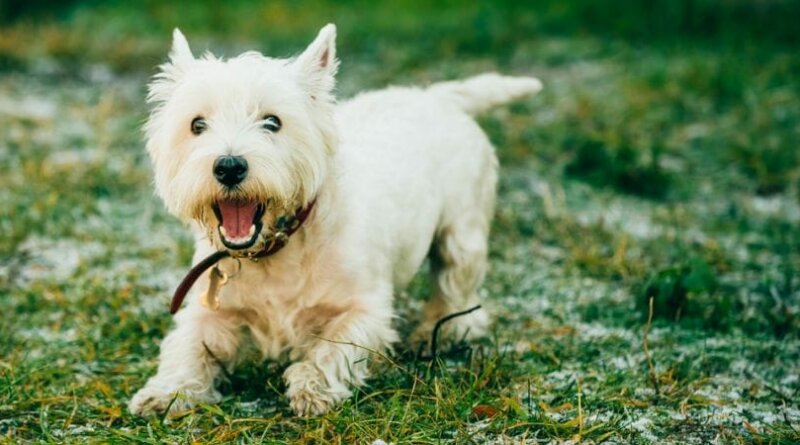Symptoms Of Worms In Dogs
Worms are one of the most common health problems for dogs. There are five types of worms that generally affect dogs: heartworms, roundworms
, hookworms
, tapeworms
, and whipworms
. Certain types of worms are easier to spot than others. For example, if your dog picks up a tapeworm, it’s common to see what resembles grains of rice in its stool. Heartworms, on the other hand, are harder to diagnose and an infected dog will often show only subtle symptoms until the disease has progressed to a more advanced stage.
Bestseller No. 1
8in1 Safe-Guard Canine Dewormer for Large Dogs, 3 Day Treatment (packaging may vary)
- Safe Guard treats against Tapeworms, Roundworms, Hookworms, and Whipworms
- Easy to feed granules that mix into food
- Safe for young puppies over the age of 6 weeks, pregnant dogs, and heartworm infected dogs
Here are the 11 most common symptoms of worms in dogs:
1. Coughing
One of the advanced stage symptoms of heartworms in a dog is coughing. Dogs with hookworms and roundworms may also develop a cough.
2. Vomiting
Dogs that have worms will often throw up. Roundworms can sometimes show up in a dog’s vomit.
3. Diarrhea
Soft stools and canine diarrhea can be the result of worms. In addition to diarrhea, dogs with hookworms may have blood in their stools.
4. Low energy
Dogs that are lethargic and less active than normal may be showing symptoms of having worms.
5. Pot bellied appearance
If your dog starts to appear pot bellied or bloated, it may have contracted worms. This is commonly seen in puppies that have picked up worms from their mother.
6. Change in appetite
If you notice a sudden change in your dog’s appetite, he may have come into contact with roundworms. Dogs that are infected often lose their appetite. As worms steal a dog’s nutrients, a dog with worms may also show a sudden increase in hunger.
7. Weight loss
If your dog shows signs of rapid weight loss, he may have a tapeworm or a whipworm.
8. Dull coat
A healthy dog should have a shiny thick coat. If your dog’s coat begins to dull and dry out, he may have picked up a form of worms. Loss of hair or the appearance of rashes can also denote worms.
9. Itching and signs of skin irritations
Dogs that show signs of skin irritation may have a severe infestation of worms.
10. Rubbing its bottom on the ground or “scooting”
While this can often be caused by problems with the anal glands, dogs with worms will occasionally rub their rear ends on the floor in order to relieve themselves of the itch due to worms in the area.
11. Visible worms in fur or fecal matter
Some worms, such as tapeworms may appear as small moving segments in the fur or area around dog’s anus. Roundworms can often be seen in a dog’s stools.
If you suspect worms in your dog
If left untreated, worms can damage your dog’s internal organs and lead to loss of consciousness and death. If you suspect that your dog has worms, take it to your nearest veterinary office. Most intestinal worms are easy to treat and your veterinarian will prescribe a medication based on the diagnosis. Heartworm disease, however, can be expensive and difficult for your dog, so the best treatment is administration of a monthly preventive medication (which can also prevent other worm infections). Consult with your vet for recommendations for your dog.
Was your dog ever diagnosed with heartworms? How did you treat it? Tell us in the comments.
The post Symptoms Of Worms In Dogs appeared first on Cesar's Way.






